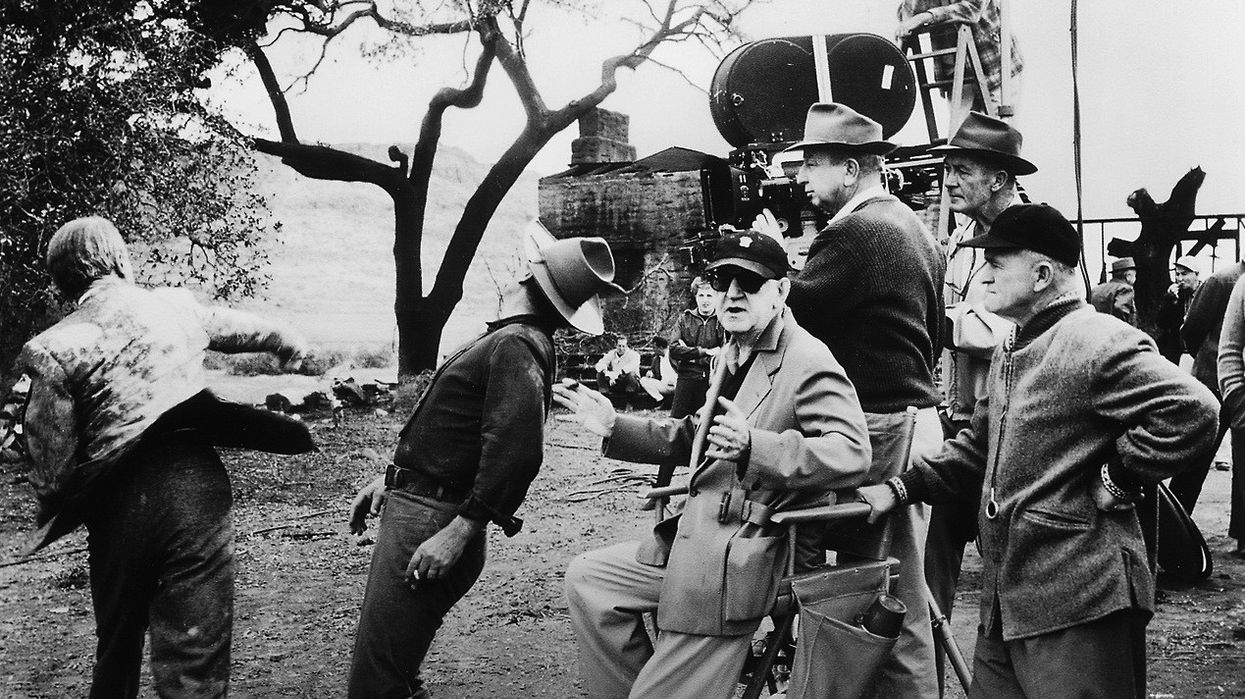We talk a lot about the history of cinema here at NFS, but one topic that we don't touch on very often is the role genre played in the early years of moving pictures. Studying genre is important not only for understanding each of their individual, often unique narrative and cinematic devices, but to be able to recognize the political, social, and economical issues found in the places from which these genre films were made. This 1983 13-part series, The Amazing Years of Cinema, hosted by Douglas Fairbanks Jr., took audiences through cinematic history, with a specific focus on some of the most prevalent genres, and Cinephilia and Beyond has shared a few episodes that tackle the Western and the Comedy.
The first films that were made didn't necessarily have a genre, at least in the way that we'd classify one today. They depicted trains coming into stations, workers leaving factories, babies eating meals. However, when the first films using modern editing and narrative techniques, like A Trip to the Moon (1902) and The Great Train Robbery (1903), began to sprout up like weeds (seriously -- just look at how many films these early directors made in this decade) and eventually this categorization based on genre began to become the norm.
The episodes below go into great detail about the history of cinema, from the invention of the first movie cameras to the surge in theater establishment. But, as you'll see, certain genres, like Westerns and Comedies, tended to dominate for years at a time, similar to how they do now. And as you watch, pay close attention to what was going on at the time in world history and how those events could've affected the genres being made.
In what ways do you think political, social, and economical events affect the prevailing genre of the time? Let us know in the comments below.
[via Cinephilia and Beyond]












